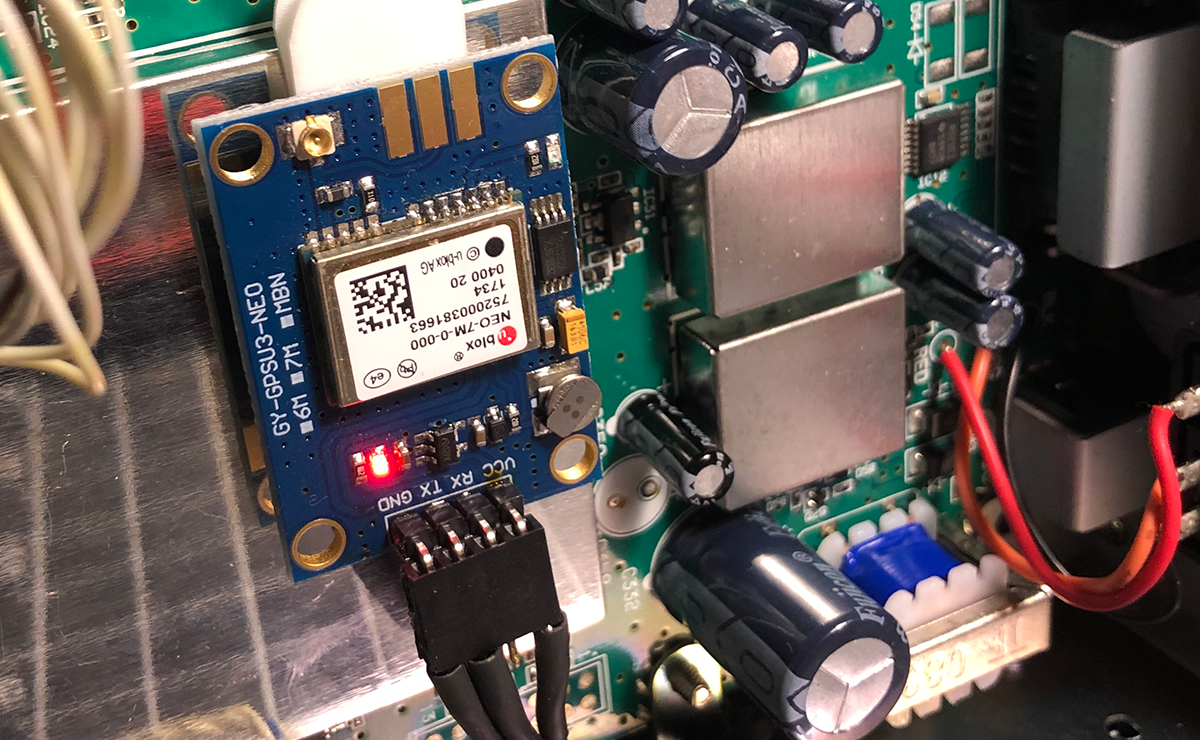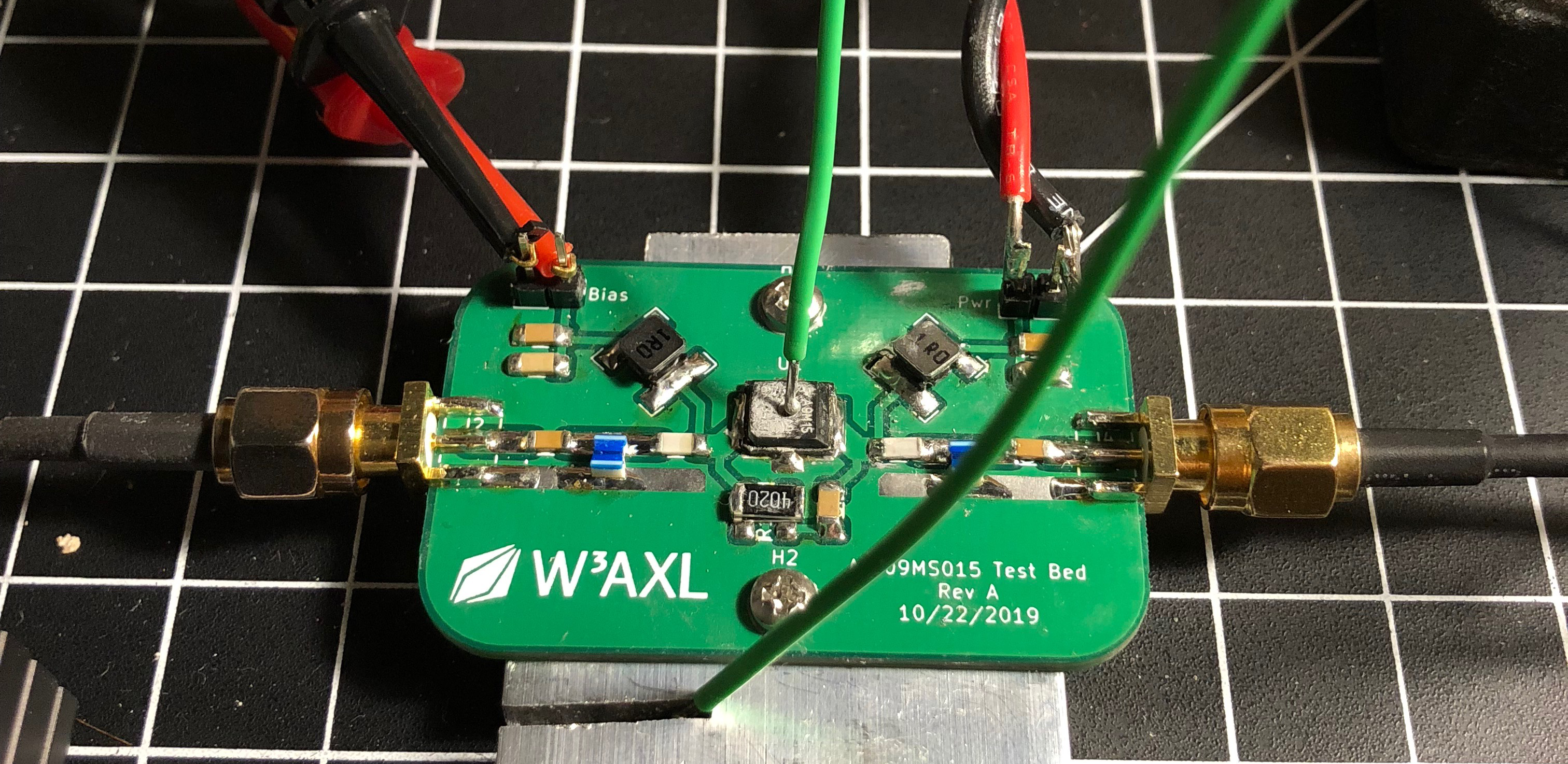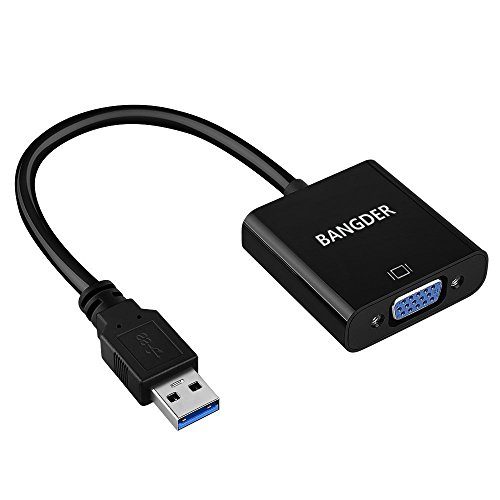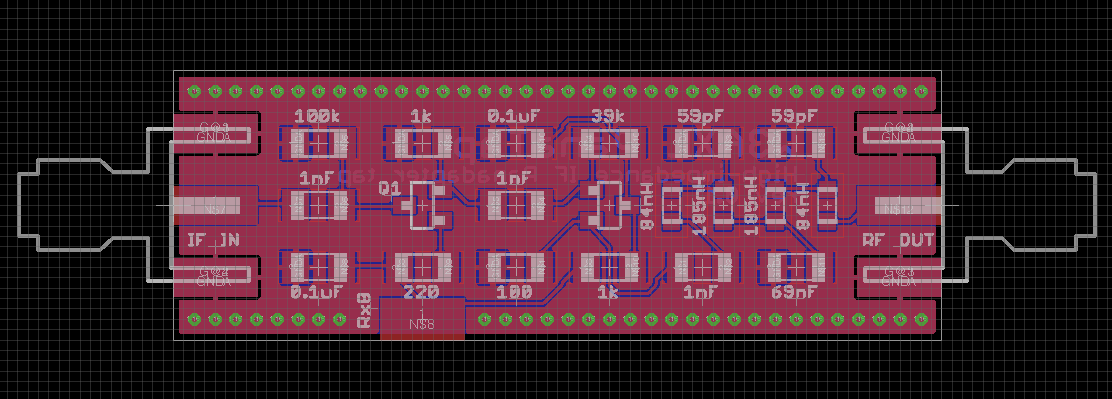Like many hams, I have a scanner installed in my vehicle along with my radios. It’s great for keeping tabs on what’s going on around the area. The newer models of scanner from the major players (Uniden, Whistler, etc) typically have GPS capabilities to lock/unlock scanning banks depending on your location. This is super convenient, especially when you travel across states frequently as I do. I own a BCD996P2 that I picked up secondhand from a friend a few years ago. It came with the standard Uniden “puck” GPS receiver, which plugs into the scanner’s rear DB9 port and includes
Read On






